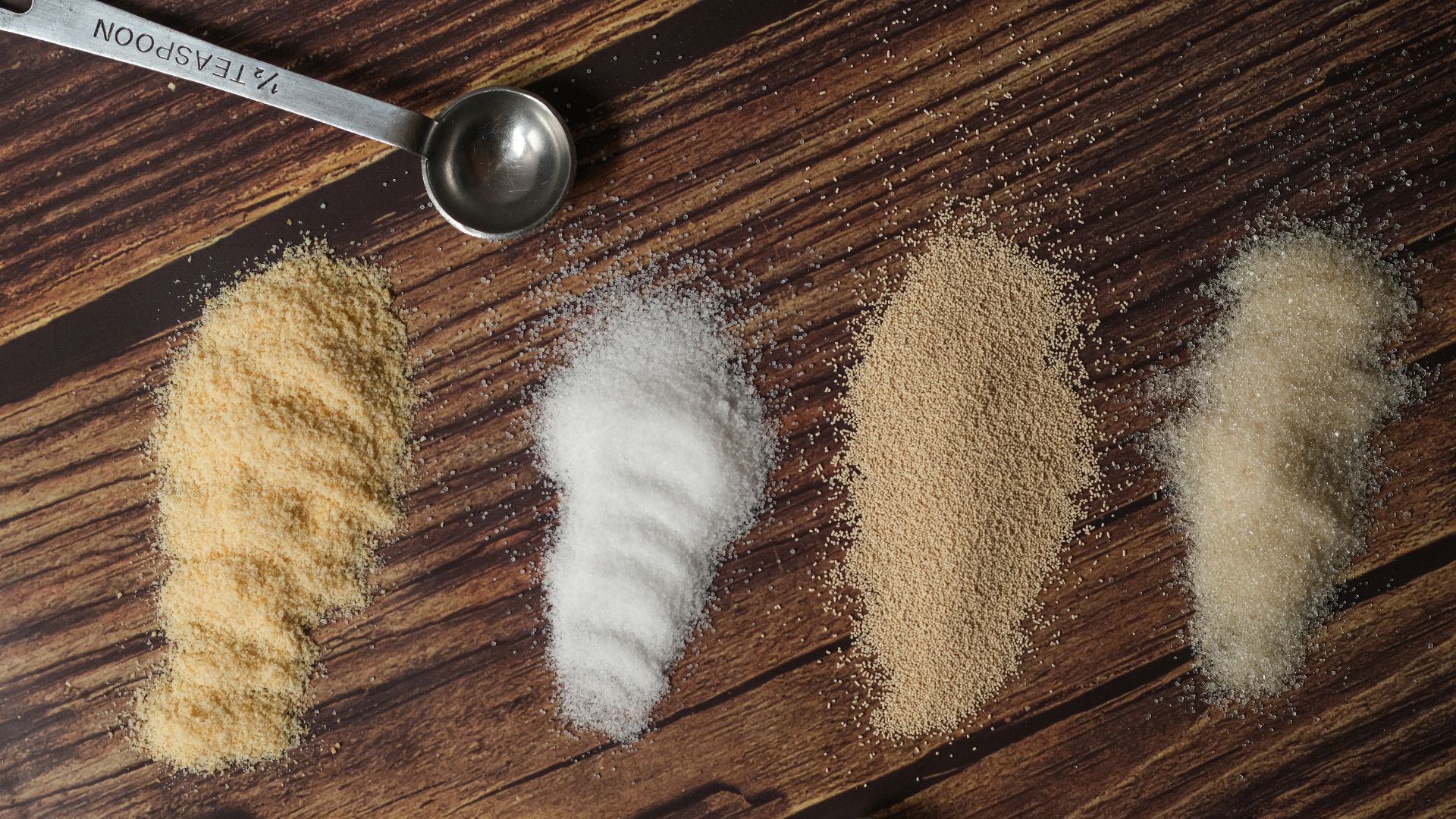Introduction: The Importance of Replacing Your Front Door
Replacing a front door is more than just a cosmetic upgrade for your home. It plays a crucial role in enhancing security, improving energy efficiency, and boosting curb appeal. Whether you’re looking to update an old door or want to change the style, understanding the costs involved is essential. This guide will walk you through the various factors that affect the cost of replacing a front door, helping you make informed decisions for your home improvement project.
Factors Affecting the Cost of a Front Door Replacement
Several factors influence the cost of replacing a front door, and it’s important to consider each one to get a comprehensive understanding of the total expense. Here are some key factors:
- Material: The material of the door significantly impacts the cost. Common options include wood, steel, fiberglass, and aluminum. Each material has its own price range, durability, and maintenance requirements.
- Size and Style: Custom-sized doors or those with intricate designs and glass panels tend to be more expensive than standard options.
- Installation: Professional installation ensures the door is fitted correctly, which can prevent future issues. Installation costs can vary based on the complexity of the job and the region you live in.
- Additional Features: Features such as smart locks, sidelights, or transom windows can add to the overall cost.
Understanding these factors can help you budget appropriately and choose a door that fits your needs and style preferences.
Material Choices: Pros and Cons
Choosing the right material for your front door is a pivotal decision that affects both cost and functionality. Here’s a closer look at the pros and cons of popular materials:
- Wood: Known for its classic appeal and versatility, wood doors can be customized easily. However, they require regular maintenance to prevent warping and deterioration.
- Steel: Offering excellent security and durability, steel doors are cost-effective. They can dent and rust over time if not properly maintained.
- Fiberglass: This material mimics the look of wood and offers great insulation. It’s low-maintenance but can be pricier than steel.
- Aluminum: Lightweight and resistant to rust, aluminum doors are ideal for modern aesthetics. They may not provide the same level of insulation as other materials.
Evaluating these materials based on your specific needs and budget can help you make an informed decision.
Installation Costs and Considerations
The installation process is a critical component of replacing a front door. Professional installation ensures that the door is properly aligned and sealed, which is crucial for energy efficiency and security. Here are some considerations regarding installation costs:
- Labor Costs: These can vary significantly depending on your location and the complexity of the installation. Urban areas generally have higher labor rates.
- Old Door Removal: Removing and disposing of the old door might incur additional charges.
- Structural Modifications: If your door frame needs adjustments or reinforcements, this can increase the overall cost.
Investing in professional installation can save you from potential issues down the line, ensuring your new door functions correctly and efficiently.
Conclusion: Making the Right Choice for Your Home
Replacing your front door is a significant investment that can enhance your home’s security, energy efficiency, and aesthetic appeal. By understanding the various factors that affect the cost, from material choices to installation considerations, you can make a more informed decision that aligns with your budget and style preferences. Whether you’re opting for the timeless elegance of wood or the modern durability of fiberglass, choosing the right door can provide lasting value and satisfaction for years to come.






